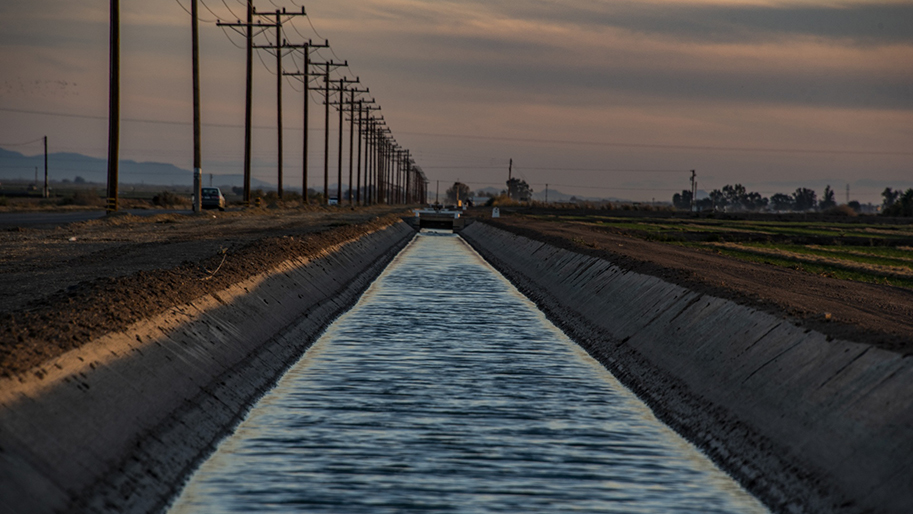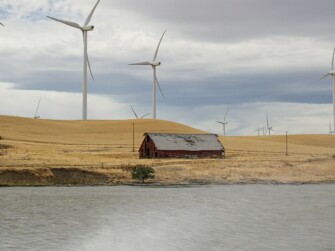The Water-Energy Nexus
Why water management matters for California’s climate future

Water management in California is intertwined with the policies we must enact to protect the climate. One-fifth of California’s energy use — and the single-largest driver of electricity demand, as shown in the graph below — is related to collecting, transporting, treating, and delivering water.

As California continues to experience the impacts of the climate crisis, we can expect shorter and more dramatic rainy seasons, decreasing snowpack, and more drought. In the face of these challenges, many communities have begun to successfully employ strategies to reduce water use, reuse more water, and collect rainfall and stormwater — but we must do more
The status quo in water policy will not lead California to a climate-safe future. The State Water Project is a prime of example of what we must correct. Through this project, water is transported more than 700 miles through the Central Valley. Under direct sun exposure, much of that water is lost to evaporation, making the entire system wasteful and inefficient.
There are better solutions closer to home. In addition to increasing water efficiency through reduced use, collection, and reuse, bioswales have proven to be an effective strategy to make the best use of stormwater when it rains. Bioswales are landscaped depressions that collect stormwater and slow the runoff, cleanse it, then return it to the water table. They are a natural alternative to existing “gray infrastructure” and are less energy intensive and easy to implement.
Creative, drought-tolerant landscaping can also help improve water efficiency. Landscape irrigation makes up half of residential water use, and 40 to 60 percent of that is going to maintain lawns. Instead, that water should be redistributed to those who don’t have adequate clean drinking supply.
The benefits of scaling up these solutions can be dramatic. Statewide water conservation efforts implemented in 2015 effectively curtailed electricity demand, reducing greenhouse gas emissions at rates up to 11 percent higher than the savings from investor-owned utilities’ energy efficiency programs at similar costs.
Everyone in California has a role to play in conserving water and supporting these strategies. While agricultural water use has a greater footprint than urban water use, the latter can be nine times more energy intensive and produces nine times the greenhouse gas emissions. That means even small changes can have a big impact on the state’s overall energy use related to water.
